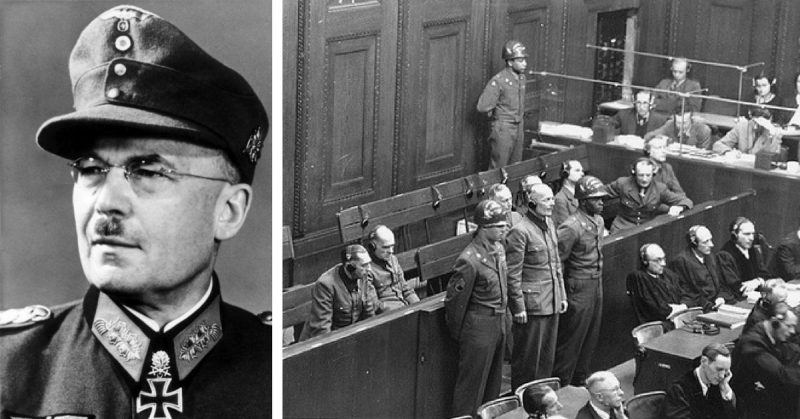A senior Nazi commander in WWII, Lothar Rendulic was known as Hitler’s Austrian Fireman. He served in the eastern theaters of the European war, from the Balkans in the south to Finland in the north. There, he tackled some of the greatest challenges faced by any German commander.
Rise to Command
Born in Austria-Hungary in 1887, Lothar Rendulic studied law at University before training at the Maria Theresa Military Academy. After four years as a second lieutenant, he came first in the exams to enter the War College but abandoned his studies at the start of WWI.
Early in the war, Rendulic was injured in an artillery barrage that left a five-inch gash in his skull. When he had recovered, he moved from field command to staff work. He was again hurt, in an accident on the Italian front.
Rendulic stayed in the army after the war, working in the administrative department. He graduated as a Doctor of Law in 1920, taught organization and tactics at the Army College, then graduated from the General Staff Academy in 1925. During the 1930s, he served as Austria’s military attaché in London before retiring in 1936 to focus on politics and law.
Two years later, Germany annexed Austria. Rendulic returned to service, as Chief of Staff in the German Army’s new XVII Army Corps.
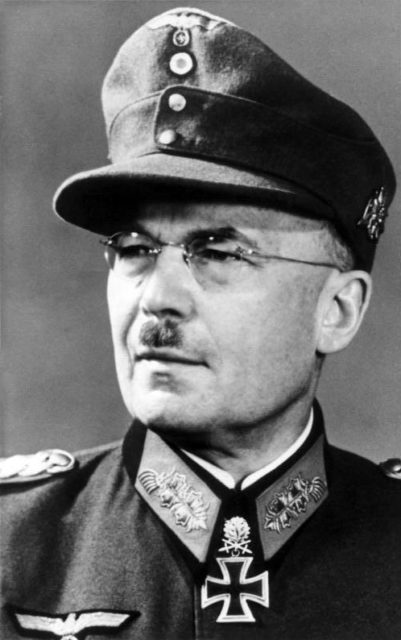
Into Russia
In June 1941, Rendulic led the 52nd Division in the invasion of Russia. Due to a shortage of suitable roads, the troops marched cross-country from Poland as they headed for their objective around the River Drut. They were to seize Oserany and then advance on Rogachev, from which Russian counter-attacks were emerging.
As he headed for Rogachev, Rendulic’s single division faced three Soviet divisions. He regrouped and launched an attack on a Soviet strongpoint on his left flank. After two assaults, the position fell.
For the next two weeks, the 52nd constantly fought against wave after wave of Soviet troops. Up to five divisions at a time launched counter-attacks against them. Their losses were massive. Two artillery batteries were reduced to a single gun, but they endured until the exhausted Russians gave up.
Fierce fighting followed at Aserovo and at Yucknov, where Rendulic fought at the head of his troops.
Following a series of successes, he was put in command of XXXV Corps.
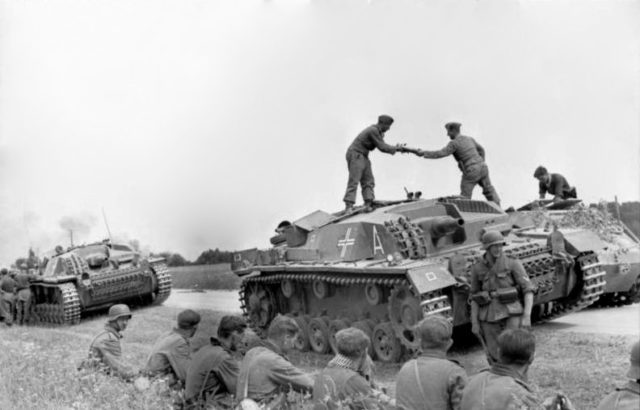
Fighting for Orel
In July 1943, the Germans made their last great push to try to defeat the Russians: Operation Citadel.
Unlike many of the German forces in the area, XXXV Corps was used mostly for defense. Lining up in an arc east of the town of Orel, they prepared to fight back a Soviet counter-offensive.
On July 12, the attack came. A massive assault by Soviet tanks and infantry crashed against Rendulic’s position. His grenadiers fought enemy tanks at close quarters, using mines and explosive charges to penetrate the armored machines. By the end of the day, the Germans still held their position, having destroyed half of their attackers.
Over the following week, XXXV Corps fought off a series of Soviet assaults. At times, the lines wavered. Rendulic repositioned his force and held strong. Massive and repeated Soviet attacks occurred on July 18 and 19. Again, Rendulic and his men drove them back. By the 20th, it was clear the attack on Orel was faltering. Rendulic had won, destroying over 800 Soviet tanks in the process.
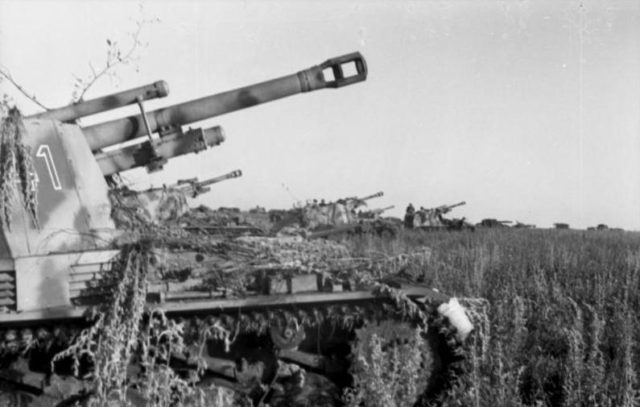
The Balkans
In August, Hitler reassigned Rendulic to take command of operations in the Balkans.
There, the Germans faced two challenges. One was the rise of partisan forces, especially the Yugoslavian fighters led by Tito and supported by the British. The other was the unreliability of Italian forces supposedly holding the area. Following the Allied invasion of Italy, many Italians were switching sides.
Rendulic swiftly forced the surrender of the remaining Italians in the Balkans, though not before many had abandoned their arms, leaving them for partisans to find.
He then set about fighting Tito. In May 1944, he used local rivalry to try to discover where Tito was based. A strike was launched against the Yugoslavian commander on his birthday, but Tito got wind of the operation beforehand, and the opportunity was lost. The partisans prepared strong defensive positions, held off the Germans, and then melted away into the hills.
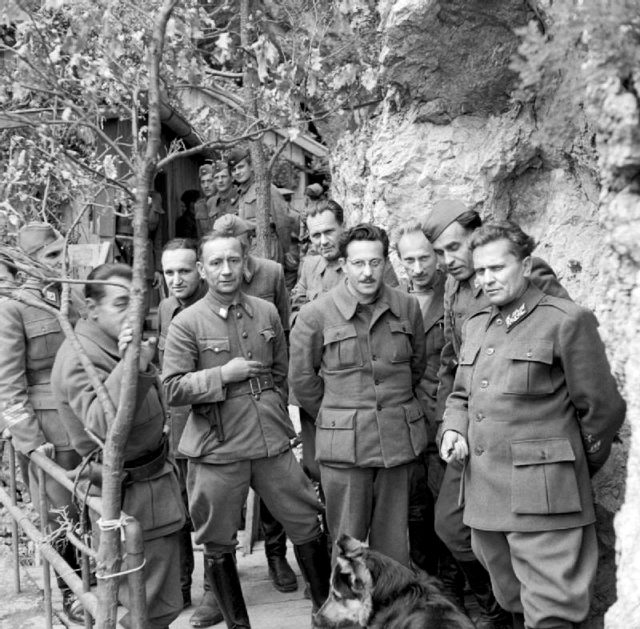
Finland
For his next assignment, Rendulic was moved to Finland. The Finns were allied with the Germans, but Russian advances had left them on the verge of surrender. Rendulic was to extract German troops before the Finns made peace with Russia and turned on them.
Rendulic had to remove nearly a quarter of a million men scattered across the country. By the time he had finished planning, the Finns had reluctantly made peace with Russia and were turning on the Germans. Rendulic organized a massive forced march across the country. Despite the cold and damp, and attacks by Finnish troops, the Germans managed to escape, some of them spending three months in the withdrawal.
When Rendulic met with Hitler on January 17, the Fuehrer congratulated him. “You have saved Germany’s best army,” he said.
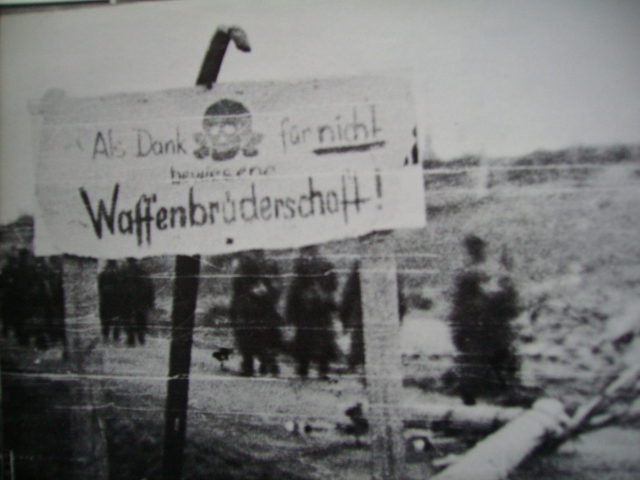
Army Group South
After a brief period commanding Army Group North, Rendulic was put in charge of Army Group South. It was spring 1945 and Germany was on its last legs. Faced with Americans in the west and Russians in the east, Rendulic struggled to hold any ground.
Buying into propaganda put about by Goebbels, Rendulic believed the western Allies would make peace with Germany so they could fight Communist Russia together. He was amazed when he discovered that it was not true. He still considered the Americans a safer bet, so he pulled his armies west, ensuring that 600,000 of his men fell into more sympathetic American hands instead of being captured by the Russians.
Sentenced to 20 years imprisonment for war crimes, Rendulic was released early following a massive petition by 6,000 Austrian officers. He became an author and died in 1971.
Source:
James Lucas (1996), Hitler’s Enforcers: Leaders of the German War Machine 1939-1945
